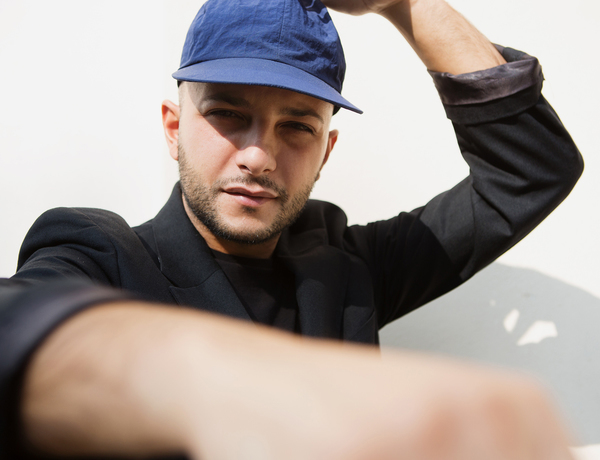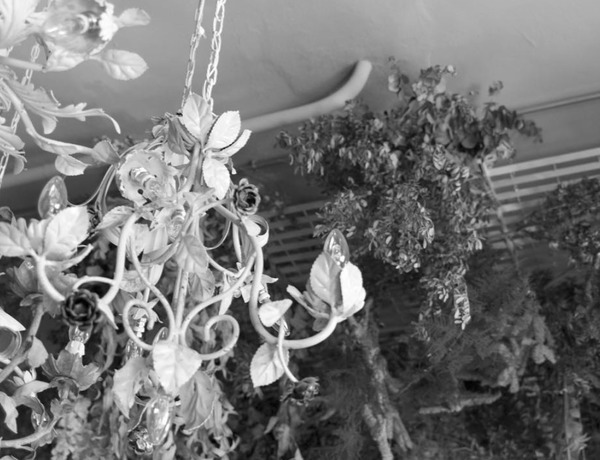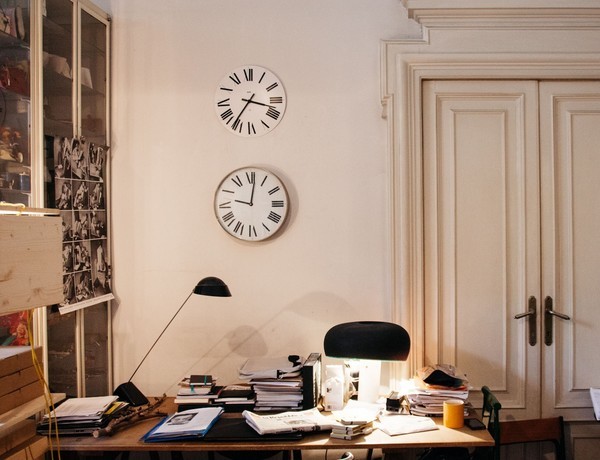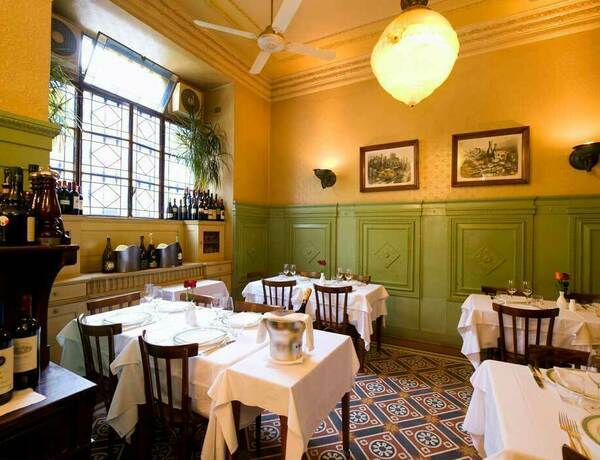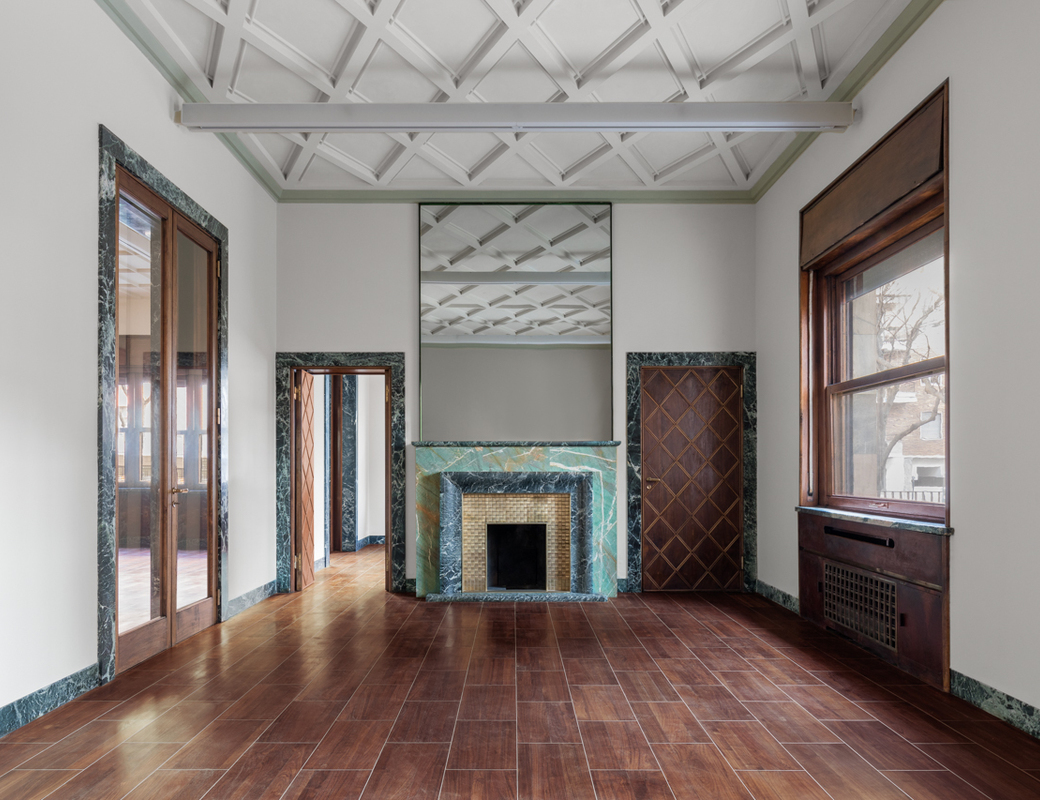
Massimo De Carlo gallery was founded in Milano in 1987. Since the beginning Massimo De Carlo gallery program included young and prominent artists such as, among others, Alighiero Boetti, Rudolf Stingel, Maurizio Cattelan, and Yan Pei-Ming. The global affirmation of these and the other artists of the gallery has favoured its on-going success.
For 30 years Massimo De Carlo has been playing a fundamental role in bringing the most interesting voices of international art to the Italian scene, and Italian artists into the global arena. This contributed to the promotion and establishment of a vital dialogue between the artists and national and international institutions, encouraging relationships between galleries, critics, curators, and collectors. Throughout the years, the gallery’s artists have been shown in international museums and biennials, and thus obtained an outstanding place into important public and private art collections.
Since 2019 Galleria Massimo De Carlo’s new headquarters are located at Casa Corbellini-Wassermann, situated in Viale Lombardia 17, which was built in the early 1930s (1934-1936) by the renowned Italian architect Piero Portaluppi.
Website
massimodecarlo.com
massimodecarlo.com
